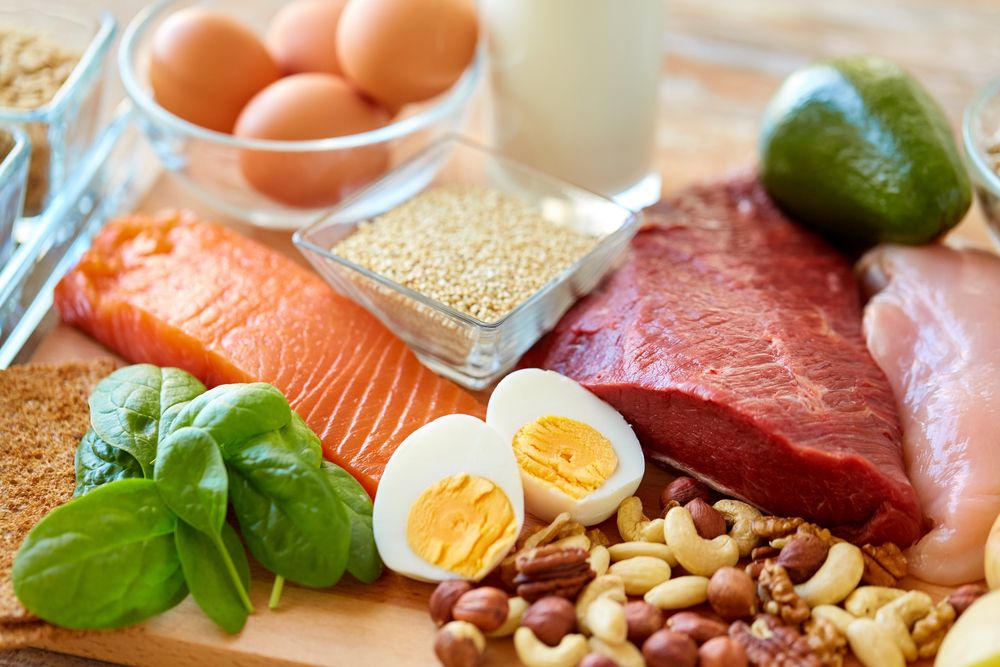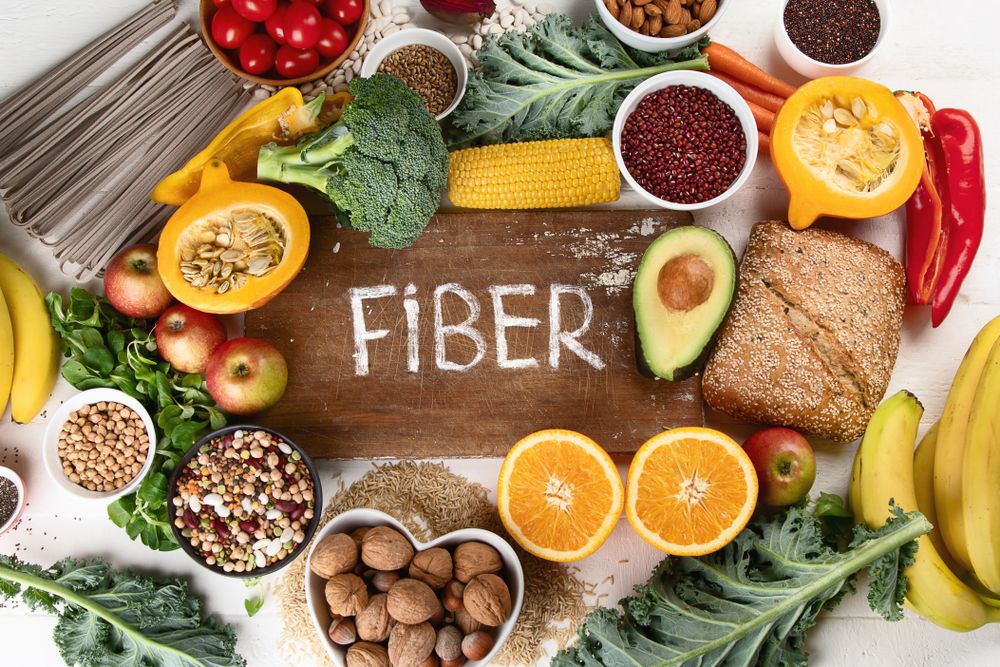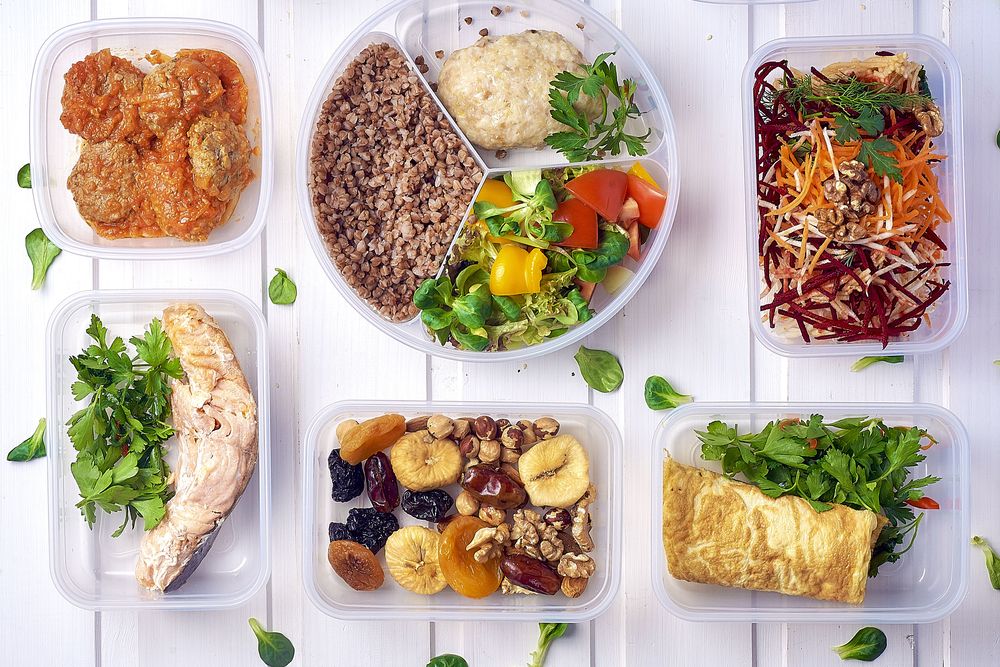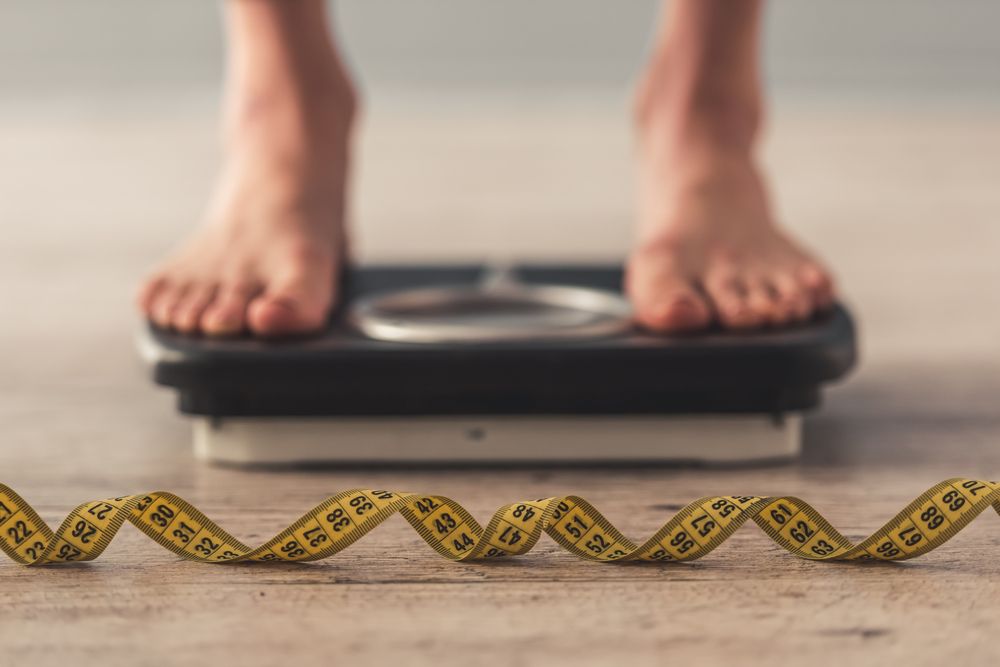Winter often tempts us to cozy up indoors, leading to decreased physical activity and indulgent eating habits. As the season transitions into spring, shedding those extra winter pounds becomes a priority for many. Fortunately, we've gathered expert advice to help you tackle winter weight gain head-on.
Discover the most effective strategies for losing winter weight quickly and getting back on track for spring.
1) Reevaluate your eating habits.

Annette Snyder, MS, RD, CSOWM, LD, of Top Nutrition Coaching, advises adopting mindful eating practices to kickstart your journey towards shedding winter weight.
"Take a moment to reflect on your current eating habits. Have the holidays led to impromptu snacking as you pass through the kitchen? Are you skipping meals to compensate for indulgent comfort foods? Perhaps you find yourself rushing through meals without considering how they nourish you. These behaviors can derail even the most well-intentioned efforts," Snyder shares.
She suggests cultivating mindfulness during meals as a way to support your weight loss goals. Simple adjustments, such as eating slowly to gauge satiety levels, can make a significant difference. Snyder adds, "Experiment with novel approaches—try using your non-dominant hand while eating or pause between bites. Chew thoroughly, and refrain from picking up your utensil until a few moments after swallowing. You can even make it enjoyable by learning to use chopsticks!"
2) Move more.

When the cold winter weather sets in, it's tempting to cozy up indoors with movies and candles rather than hitting the gym or braving the outdoors for exercise.
"Perhaps your usual exercise routine got lost amidst the falling leaves last autumn," Snyder notes. "What steps can you take now to reignite that spark? What feels achievable? What activities bring you joy? Consider whether updating your workout gear might help. Start by scheduling regular time for intentional movement each week, with a contingency plan in case of disruptions. Keeping it simple initially—removing as many obstacles as possible—can aid in forming new habits."
If you've fallen into a sedentary rut, aim to incorporate at least five minutes of movement into your daily routine, advises Snyder. "By doing so, you're more likely to maintain your momentum, or at the very least, prevent a distaste for structured exercise from developing, ensuring you'll be back for more down the road," she emphasizes.
3) Do some investigating.

Begin monitoring your food and beverage intake, even if only for a short period, and be completely honest with yourself about it.
"This process allows you to identify any potential issues and take steps to address them," Snyder advises. "You don't necessarily have to meticulously count calories and track every detail—sometimes just observing and documenting your consumption can provide valuable insights. Focus on the 'how much'—that's what matters most, regardless of what you're eating."
4) Add more protein to meals and snacks.

Take a moment to consider how much protein you typically incorporate into your meals and snacks. If your intake is minimal, it's time to increase it.
"Protein plays a crucial role in extending the feeling of satisfaction after a meal, helping to curb excessive hunger," Snyder emphasizes. "You don't need a large amount—just a portion roughly the size of a handful or a deck of cards can fulfill various nutritional requirements. If you're uncertain about protein sources, take the time to explore! There's a wide variety beyond just meat."
5) Hydrate.

Staying hydrated is a fundamental aspect of maintaining overall health and supporting weight loss goals.
"It ensures that essential processes such as metabolism, the conversion of food into energy, continue to function smoothly," explains Snyder. "Hydration lubricates joints, making physical activity more comfortable. It also promotes healthy digestion, reducing the likelihood of bloating and related discomfort. When you feel better physically, you're more likely to make healthier food choices."
6) Choose your beverages wisely.

It's time to reassess your beverage choices if you often indulge in juice, soda, sweet tea, or sugary coffee drinks. While an occasional treat is fine, it's essential to be mindful of the sugar and calorie content in these beverages, as they can quickly add up.
"Most of the sugar in these drinks is added, providing little to no nutritional value," points out Snyder. "In contrast, naturally occurring sugars in 100% juice or whole fruit come with additional nutrients. Additionally, consider that a 32-oz regular fountain soda can easily contribute the equivalent of a meal's worth of calories. You may be unknowingly consuming an extra meal's worth of calories each day."
7) Fill up on fiber.

Take care of your gut health by ensuring you're getting enough fiber in your diet.
"Fiber is crucial for digestion and also supports the healthy bacteria in our gut," advises Snyder. "These microbes play a role in our food preferences and other functions."
Fiber helps keep you feeling full and prevents unhealthy cravings by slowing down digestion. It also helps stabilize blood sugar levels, reducing the likelihood of cravings and unhealthy eating habits. Snyder suggests aiming for foods with at least 3 grams of fiber per serving to support your gut health.
8) Don't forget about healthy fats.

Not all fats are created equal! Snyder suggests incorporating some healthy fats into your meals.
"Fat is essential for flavor and satiety," she explains. "Cutting it out completely could leave you feeling hungry and tempted to snack unexpectedly."
Choose fats like avocados, olive oil, nut butter, seeds, and nuts, which provide nutritional benefits. These foods are typically consumed in smaller portions, as Snyder notes, "A little goes a long way."
9) Meal plan.

Planning meals ahead of time might feel overwhelming, but it doesn't have to be complicated! It can simplify your choices and reduce the temptation to opt for unhealthy foods.
"Start by having key meal components readily available that you can easily combine for a nutritious meal," suggests Snyder. "For example, keep proteins like Greek yogurt, string cheese, edamame, seeds, nuts, nut butters, canned beans (just be sure to rinse them), or even a protein shake on hand. Pair these with plant-based options like baby carrots, apples, or pre-cooked grains. If it helps, begin by planning one meal at a time."
10) Be consistent.

No matter what goal you're aiming for, consistency is key. Making small adjustments to your daily routine can have a significant impact when practiced consistently over time.
"Although you may not see immediate changes on the scale, don't lose heart," encourages Snyder. "Focus instead on how your clothes fit and how you feel. Gradual changes are more sustainable and allow your body to adapt more effectively, leading to long-lasting results. This approach reduces the likelihood of weight regain and minimizes the risk of damaging your metabolism or experiencing future weight fluctuations."
11) Make whole foods a priority.

Making whole foods a cornerstone of your diet should be a primary goal, so make sure to refresh your grocery list.
"Prioritize consuming whole, nutrient-rich foods such as fruits, vegetables, lean proteins, and whole grains," emphasizes Amy Goodson, MS, RD, CSSD, LD, a registered dietitian and certified specialist in sports dietetics who serves on our Medical Expert Board. "These foods are typically lower in calories and packed with essential nutrients, promoting feelings of fullness and supporting overall health."
12) Monitor your portion sizes.

Keeping an eye on your portion sizes is a simple yet effective weight-loss strategy you can implement at every meal, whether you're eating at home or dining out.
"Be mindful of serving sizes to prevent overeating, as portion control plays a key role in managing weight," advises Amy Goodson, MS, RD, CSSD, LD, a registered dietitian and certified specialist in sports dietetics who serves on our Medical Expert Board. "Using smaller plates and measuring portions can assist in avoiding excessive calorie consumption."
13) Get solid rest.

Prioritizing rest, recovery, and optimizing your bedtime ritual may not feel like significant steps toward weight loss, but they are essential pieces of the puzzle.
"Aim for seven to nine hours of quality sleep each night, as insufficient sleep can disrupt hunger hormones and trigger cravings for calorie-dense foods," advises Amy Goodson, MS, RD, CSSD, LD, a registered dietitian and certified specialist in sports dietetics who sits on our Medical Expert Board.

